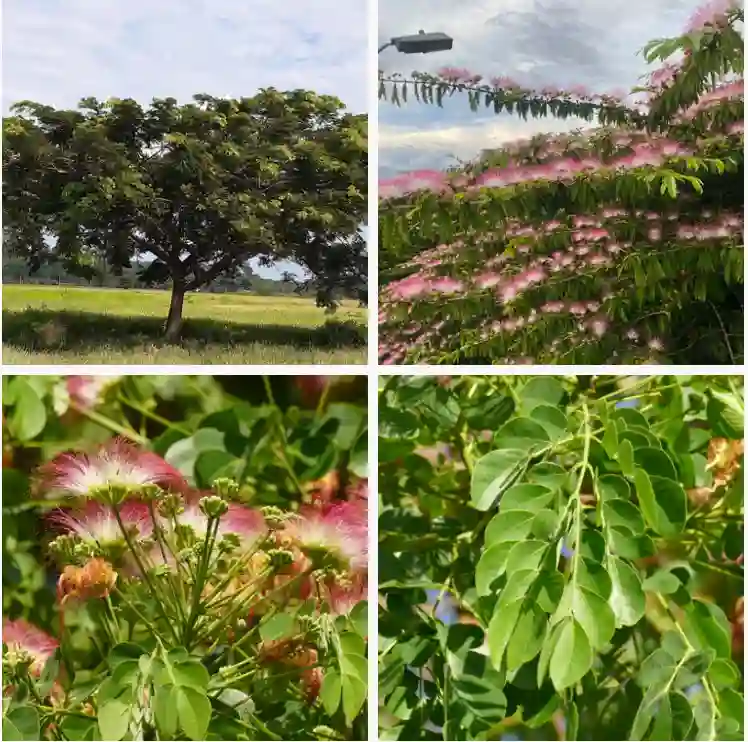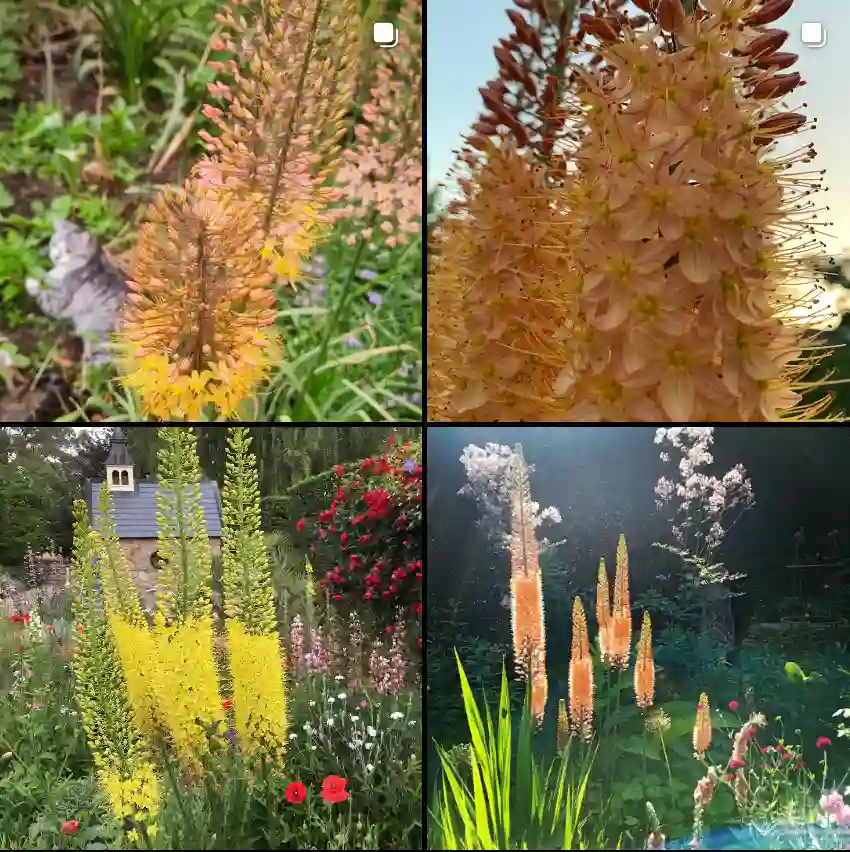FAQs About Cypripedium Reginae
As a gardening enthusiast, I’ve had my fair share of experiences with various orchids, but Cypripedium Reginae, also known as the Showy Lady’s Slipper, has been particularly fascinating. This native North American orchid is renowned for its striking appearance and unique growing requirements. Here’s a comprehensive guide based on my experiences, addressing some common questions and providing insights into growing and caring for this beautiful plant.
62 Species in Genus Cypripedium
How to Grow Cypripedium Reginae?
Growing Cypripedium Reginae can be a rewarding challenge. This orchid thrives in well-drained, acidic soil with a pH of 4.5 to 6.0. I’ve found that a mix of sphagnum moss, pine bark, and sand works best for mimicking its natural habitat. It’s crucial to provide a shady to partially shaded location, as too much direct sunlight can scorch the leaves.
In terms of watering, keep the soil consistently moist but not waterlogged. Overwatering can lead to root rot, so it’s essential to ensure good drainage. During the growing season, I fertilize my Cypripedium Reginae every four to six weeks with a balanced, water-soluble fertilizer diluted to half strength. In winter, reduce watering and avoid fertilizing as the plant goes dormant.
How to Say Cypripedium Reginae?
Pronouncing Cypripedium Reginae correctly can be tricky. It’s pronounced as “sip-ree-PEE-dee-um reh-JIN-ee.” Breaking it down into syllables helps: “sip-ree-PEE-dee-um” for the genus, and “reh-JIN-ee” for the species name. Practice a few times, and you’ll have it down!
Where is Cypripedium Reginae Found in Arkansas?
In Arkansas, Cypripedium Reginae can be found in various habitats, particularly in the Ozark Mountains and the Ouachita Mountains. It prefers the moist, shaded environments of these regions, often growing in rich, forested areas. If you’re looking to spot these orchids in the wild, these mountainous regions offer the ideal conditions.
How to Care for Cypripedium Reginae?
Caring for Cypripedium Reginae requires attention to several factors. Firstly, the plant needs a cold to temperate climate, making it suitable for USDA hardiness zones 3 to 7. It’s best to plant it in a location where it gets morning sun and afternoon shade.
Regular maintenance involves checking for pests and diseases. I’ve noticed that keeping the area around the plant clean helps prevent common issues like fungal infections. Additionally, applying a layer of mulch around the base can help maintain soil moisture and temperature.
How to Propagate Cypripedium Reginae?
Propagating Cypripedium Reginae can be quite challenging. The most reliable method is division. This should be done in the spring, right before new growth begins. Carefully dig up the plant and divide the root clumps, ensuring each division has a healthy root system. Replant the divisions in well-prepared soil, and keep them moist while they establish.
What to Plant With Cypripedium Reginae?
Cypripedium Reginae pairs well with other shade-loving plants. I’ve had success planting it alongside hostas, ferns, and astilbes. These companions not only enhance the aesthetic appeal but also help create a microenvironment similar to the orchid’s natural habitat.
Can You Grow Cypripedium Reginae Indoors?
Growing Cypripedium Reginae indoors can be quite challenging. The plant requires specific conditions that are difficult to replicate inside, such as cool temperatures and high humidity. If you’re keen on indoor cultivation, consider a dedicated orchid grow room with controlled temperature and humidity levels, though outdoor cultivation is generally more successful.
Is Cypripedium Reginae Toxic?
Cypripedium Reginae is not considered toxic to humans or pets. However, it’s always a good idea to keep plants out of reach of children and animals to avoid any accidental ingestion. The plant’s toxicity profile is mild, but caution is always advisable with any ornamental plant.
Benefits of Cypripedium Reginae
One of the greatest benefits of Cypripedium Reginae is its stunning appearance. The large, showy flowers are a highlight in any garden, providing beauty and interest. Additionally, this orchid supports local biodiversity by attracting pollinators such as bees and butterflies.
Common Problems with Cypripedium Reginae
Common issues with Cypripedium Reginae include root rot, which can occur from overwatering or poor drainage. Fungal infections can also be a problem, especially in overly damp conditions. Keeping the plant’s environment well-ventilated and maintaining proper watering practices can help mitigate these issues.
Compare with Other Orchids
Cypripedium Reginae is often compared to other lady’s slipper orchids like Cypripedium Acaule (Pink Lady’s Slipper). While both are beautiful, Cypripedium Reginae tends to have larger, more showy flowers and prefers slightly different growing conditions. Cypripedium Acaule, for instance, is more tolerant of drier conditions compared to the moisture-loving Cypripedium Reginae.
In conclusion, Cypripedium Reginae is a captivating and rewarding orchid to grow. With the right care and conditions, it can thrive and bring a touch of elegance to your garden or landscape. By understanding its needs and challenges, you’ll be better equipped to enjoy the beauty of this extraordinary plant.
If i die, water my plants!



